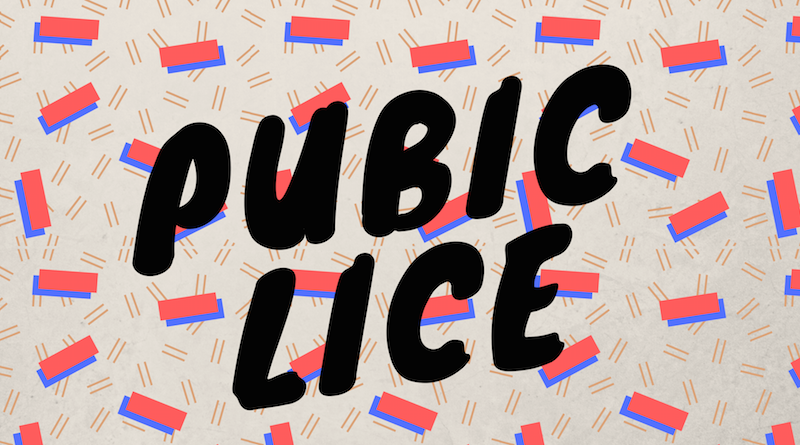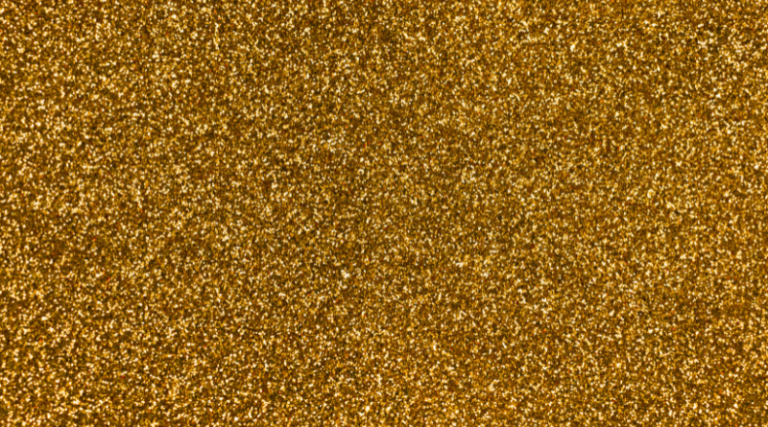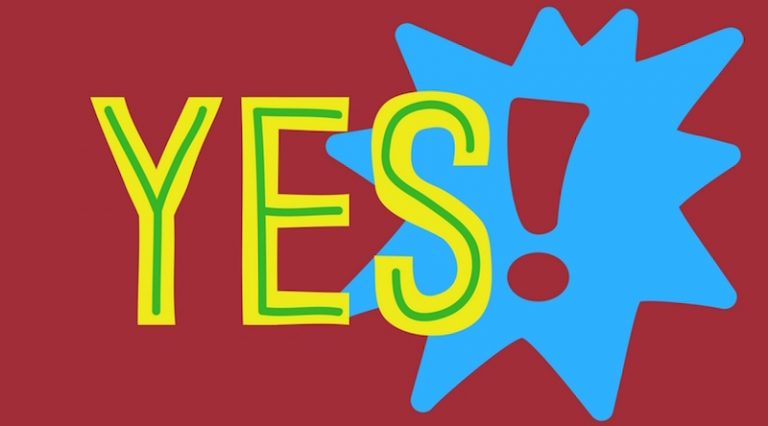Pubic Lice
Pubic lice are tiny insects that live on thicker human hair, like pubic hair. So what do we need to do if we have them?
Pubic lice are tiny, parasitic insects that live on coarse human hair, like pubic hair. They can be known as ‘crabs’. They’re similar to head lice, except they prefer thicker and more widely spaced human hair.
How do people get pubic lice?
Pubic lice are passed on through close body contact. This doesn’t necessarily have to be sexual contact, although this is common due to the lice mostly living on pubic hair. They can also be passed on by sharing towels or bedding, but this is less common because the lice only survive for 24-48 hours away from the human body. The lice survive on human blood, so they need to be in contact with the human body, They cannot jump (like fleas), fly, or transmit blood-borne STIs, like HIV or syphilis.
Having pubic lice is not a sign of poor hygiene, at all. Anyone can get them, and also get rid of them!
What are the signs and symptoms of pubic lice?
Pubic lice may not be noticeable straight away, they can take a few weeks to appear. When they do appear, they are tiny (roughly 2mm) and hard to see. They’re known as ‘crabs’ because (you guessed it!) they look like tiny crabs, with six legs and 2 larger legs like claws. The lice are often red or yellow-grey, and the eggs are pale brown whilst the empty egg sacks are white. They attach their eggs to the base of the hairs.
Even if you can’t see them, there are other symptoms to look out for:
- Itching in the affected areas (because of a reaction to lice saliva)
- Irritation/inflammation in the affected areas (because of the scratching)
- Black powder in your underwear (lice droppings)
- Brown eggs on the hair
- Light blue spots or tiny specks of blood on the skin of the affected area (lice bites)
The lice are most active at night, which means the itching can be a lot worse then. They are most commonly found in pubic hair, but they can also live on underarm, back, leg and facial hair. They can even be found on eyelashes and eyebrows, though this is far less common.
How can I check if I do have pubic lice?
If you think you have pubic lice, visit a GUM or sexual health clinic, Brook service or your GP surgery. Find your nearest service here. There’s no test for pubic lice but the doctor or nurse can diagnose you by examining the affected areas. They use a magnifying glass to look for the lice and their eggs.
What happens if I do have pubic lice?
Treatment! Pubic lice won’t go away otherwise. This can be done at home using special kinds of lotions, creams or shampoos, which are available on prescription or over the counter at a pharmacy. These lotions are different to head lice lotion. After treatment, you may find the white empty eggshells stuck to hairs, but this doesn’t mean the lice are still there.
If left untreated, the lice may infect other parts of the body. They can cause skin irritation and skin infections, so it’s important to go to a sexual health clinic if you suspect you have them.
If you do have a diagnosis from the doctor or nurse:
- Apply the lotion/cream to the affected areas
- Do this again 3-7 days later, to make sure it also kills the eggs
- If the treatment doesn’t work, go back to the doctor or nurse (sometimes pubic lice can become resistant to the treatment)
- Wash your sheets and towels at 50 degrees or higher
- Make sure that anyone who has had close body contact with you (sexual partners, house mates, family) is aware and goes for treatment too
- Check for any lice a week after treatment (you can return to the sexual health clinic if you’d prefer them to check for you)
- Don’t shave until you’re sure you’re free from the lice (shaving won’t get rid of them and the lice may bury deeper to lay their eggs in hair follicles)
- Make sure you’re not having close body contact or sexual contact with anyone, until treatment is finished and you’ve checked the lice have completely gone
Previous sexual partners (from the last 3 months) also need to know. This can feel nerve-wracking, but they may also have pubic lice and need treatment. If it feels too difficult to talk to previous sexual partners, some clinics offer a ‘partner notification’ service that warns them of potential exposure to a STI without mentioning any names.
How do I keep myself safe from pubic lice?
Usually condoms are recommended to protect against STIs, but condoms don’t protect from pubic lice.
There’s a lot of stigma surrounding STIs, but they’re very common and having pubic lice is easily treatable. It’s similar to having head lice, which just need a dose of lotion. There’s nothing dirty or wrong about having an STI, they’re part of being sexually active, but we do need to look after our bodies. We can do that by getting to know our genital area – it’s easier to notice any changes if we know what we look like normally. Just like we’re hyper aware of our faces and if any itchy areas or bites appear, it’s healthy to be aware of our genital area too.
Other support
- Where to get a sexual health check in the UK
- What to do if you have an STI
- How to talk about our STI status before sex
- Brook – Pubic lice
- NHS – Pubic lice
Read more
Last Reviewed 14 December 2022
Image Credit: Fumble







